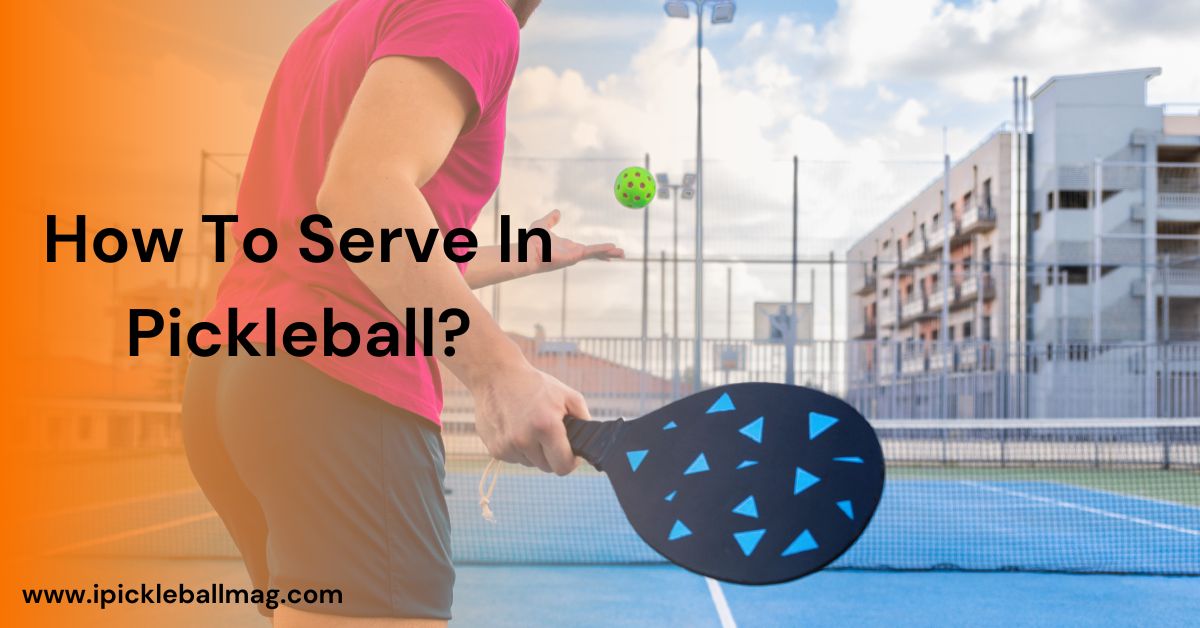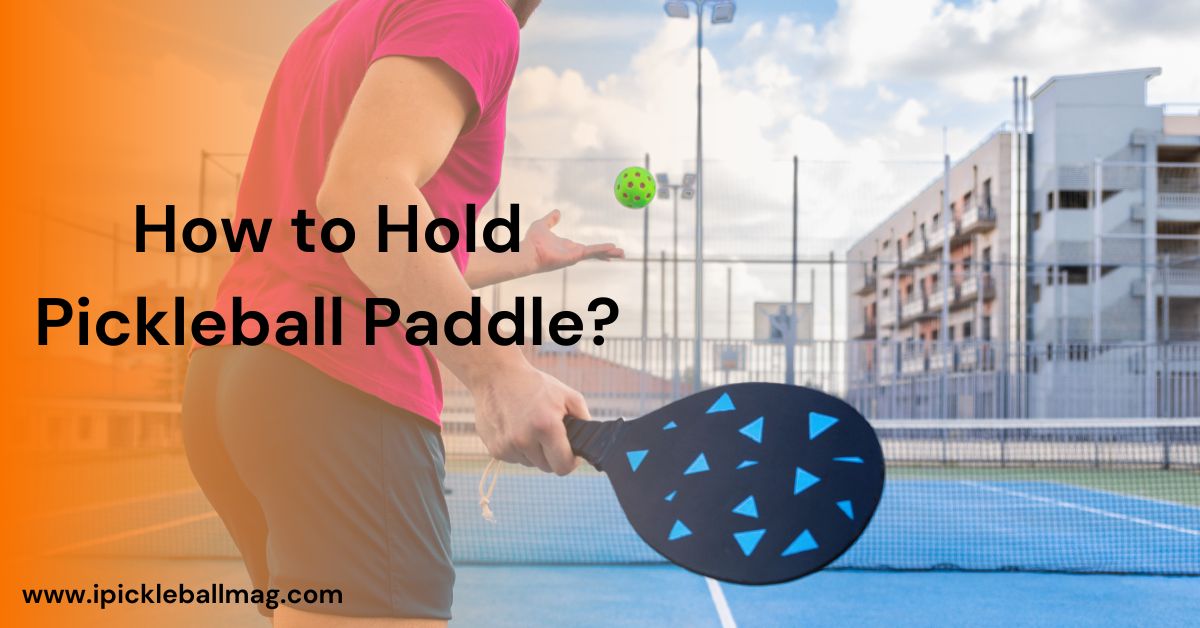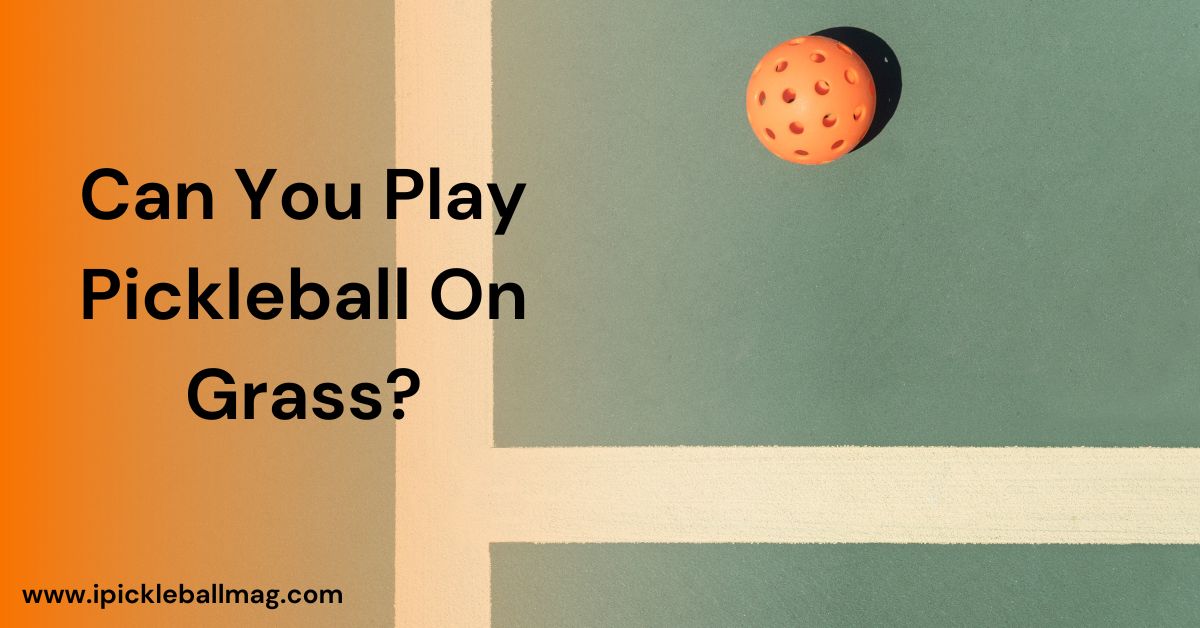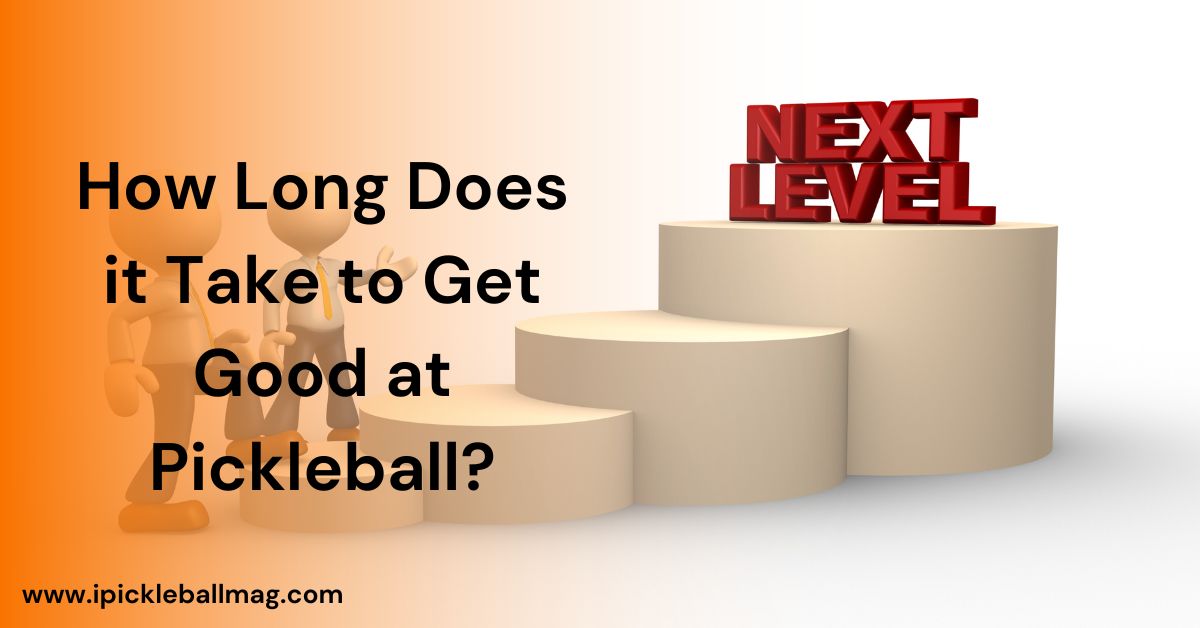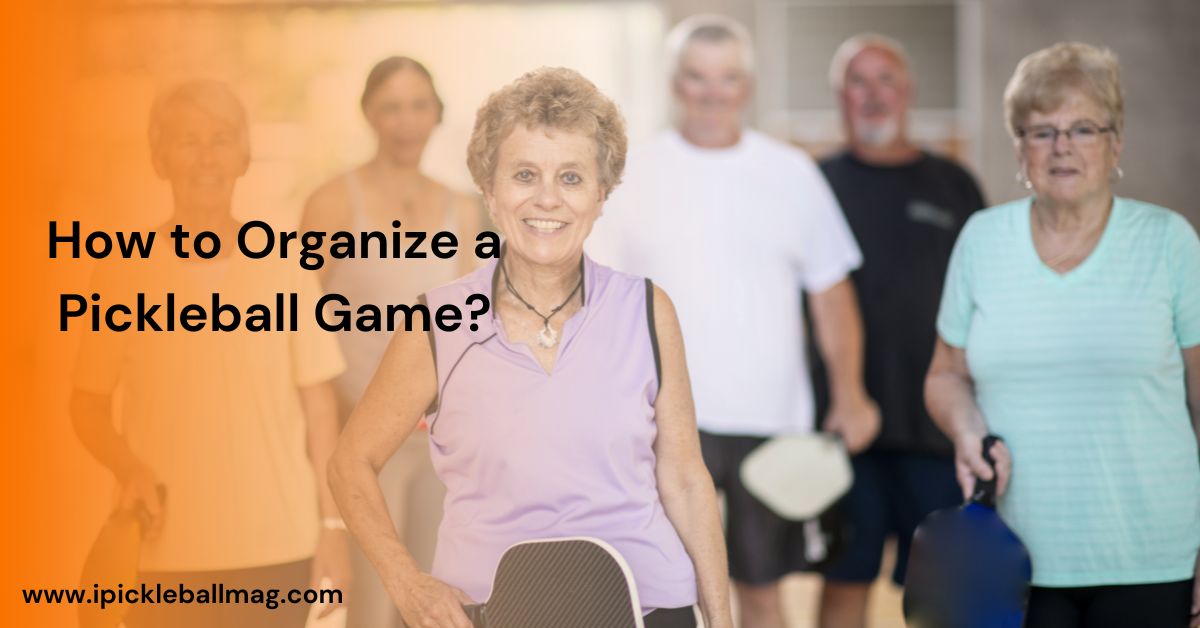How Long Does a Pickleball Paddle Last? Life Extension Tips
New pickleball players often ask how long a pickleball paddle lasts as more people take up the sport.
When it comes to pickleball paddles, it’s important to remember they won’t last forever, especially if you play a lot. If used frequently, pickleball paddles will typically need replacing every 1-2 years.
However, there are a few factors that will determine the lifespan of the paddle, like

Factors That Affect the Durability Of Paddles
The lifespan of a pickleball paddle depends on several factors, including the following:
Pickleball Paddle Surface Material
The material of the paddle plays a big role in the pickleball paddle’s lifespan. Paddles made from high-quality materials like graphite and composite tend to last longer than those made from cheaper materials like wood.
Graphite paddles offer excellent performance but can wear out faster. Composite paddles are a good balance, offering durability and good playability. Wooden paddles are generally more affordable but might not last as long, especially with frequent use.
2. Manufacturing Quality
It is not just about the materials, but also about how they are engineered and constructed. The higher the manufacturing standards, the more durable the paddle will be.
Having weak points in cheaper manufacturing can result in chipping, fracturing, or even peeling of the paddle face.

3. Playing Style
Your playing style also influences the lifespan of your paddle. If you play aggressively and hit the ball hard, your paddle will experience more stress and may wear out sooner. On the other hand, a more gentle playing style can help your paddle last longer. Hard hitters put more pressure on the paddle’s surface and edges, which can lead to cracks and chips over time.
Recreational players who play less aggressively may find their paddles last longer compared to competitive players.
4. Maintenance and Care
Proper maintenance and care of your pickleball equipment, including paddles, are crucial for extending their life. Always store your paddle in a cool, dry place to avoid damage from extreme temperatures or moisture. Clean your paddle regularly with a damp cloth to remove dirt and sweat, which can degrade the materials over time.
Avoid leaving your paddle in direct sunlight or in the trunk of your car, as heat can warp the paddle and weaken the materials.

5. Outdoor Play Vs Indoor Play
Outdoor paddles will break down more quickly than indoor paddles. This is because the weather elements such as sun, humidity, and rain can affect the paddle and shorten its lifespan.
6. Your Playing Frequency
How often you play also has a great role in determining the life of a paddle. It should last for at least a year if you play almost every day as a professional.
Newbies who play only a few times a week will be able to prolong the lifespan of their paddles with proper care. The duration of this process can range from two to three years.
Average Lifespan of Different Types of Paddles

Wooden Paddles
Wooden paddles are generally the most affordable option, but they tend to have a shorter lifespan. With regular use, a wooden paddle might last around one to two years. They are durable for casual play but may not hold up well under frequent, intense use.
Composite Paddles
Composite paddles offer a good balance between durability and performance. Made from a mix of materials, these paddles typically last about two to three years with regular use. They are popular among players because they provide good control and power while being more durable than wooden paddles.
Graphite Paddles
Graphite paddles are known for their high performance but usually have a shorter lifespan compared to composite paddles. On average, a graphite paddle might last one to two years with regular use.
They are lightweight and offer excellent control, making them a favorite among serious players. However, their thinner surface can wear out faster, especially with aggressive play.

Signs That a Pickleball Paddle Needs Replacement
Here are some Signs that your paddle might need a replacement.
Visible Wear and Tear
One clear sign that your pickleball paddle needs replacement is visible damage. Look for cracks, chips, or dents on the paddle’s surface. These damages can affect how the ball bounces off the paddle, making it less effective during play. If you see any significant damage, it’s time to consider getting a new paddle.
Check the edge guard for any damage, as it plays a crucial role in protecting the paddle from accidental impacts.

Performance Degradation
If you notice that your shots are losing power or accuracy, your paddle might be wearing out. A worn-out paddle won’t have the same “pop” or responsiveness as a new one. This can make your gameplay less effective and more frustrating.
When you feel like you’re not getting the same performance from your paddle, it might be time for a replacement.
Handle Issues
The handle of your paddle is also important. If the grip becomes loose or worn out, it can affect your control over the paddle. A worn grip can cause your hand to slip during play, reducing your effectiveness. If the handle feels unstable or the grip is falling apart, it’s a sign that you need a new paddle.
Dead Spots
A paddle can develop dead spots where it doesn’t bounce the ball well anymore. If you notice the ball not bouncing as it used to, this means the paddle has lost its responsiveness and needs to be replaced.
If your current paddle has developed dead spots, it may be time to consider an upgrade to a higher-quality model.

Surface Wear
Check the surface of your paddle for signs of wear. If the texture is smooth or has worn down, it can affect your ability to spin the ball and control your shots. A worn surface means it’s time for a new paddle.
Tips to Extend the Lifespan of Your Pickleball Paddle
Lets Explore some tips on extending the lifespan of Your Pickleball Paddle.
Regular Maintenance
Keep your paddle clean by wiping it down with a damp cloth after each use. This removes dirt and sweat that can degrade the materials over time. Regularly inspect your paddle for any signs of damage, like small cracks or chips, and address them promptly to prevent further deterioration.

Proper Storage
Store your paddle in a cool, dry place when you’re not using it. Avoid leaving it in places with extreme temperatures, such as a hot car or a damp basement. Extreme heat can warp the paddle, and moisture can weaken the materials. Using a paddle cover can also provide extra protection during storage.
Protective Gear
Consider using protective gear like edge guards to protect the edges of your paddle from chips and cracks. Edge guards can absorb the impact when your paddle hits the ground or other surfaces, helping to prevent damage.
Additionally, replacing the grip when it becomes worn out can improve your control and prevent damage to the handle.
Storing your paddle in a pickleball bag can also help protect it from external damage and temperature fluctuations.
Use Paddle Tape
Applying paddle tape to the edges of your paddle can provide an additional layer of protection against dings and scratches. Paddle tape is easy to apply and can absorb minor impacts, helping to keep your paddle in good condition.
Major paddle brands often offer high-quality paddle tape designed to provide optimal protection and durability.

Don’t Tap Paddles
During fast-paced volley exchanges in doubles pickleball, partners’ paddle faces often tap their paddles together unintentionally. You may think taps and clicks are cool, but they can damage your paddle. Avoid this to prolong paddle life.
Cover Your Paddle For Protection
When going for a match, always carry a paddle cover. Cover your paddles when not in use to prevent unnecessary scratches. Covers do not cost much, but they can be lifesaving. As compared to soft cases, hard shell cases provide even greater protection.
Clean your Paddle from Time to Time
When you clean your paddles, you don’t just dip them in the tub and hang them in the sun. You have to clean them in a specific way.

How to Clean a Pickleball Paddle?
- Wipe the paddle after playing with a cloth to remove the dirt or sweat that has accumulated. Use a cloth to clean your paddle instead of water since water can harm it.
- Clean your paddle more thoroughly by using a gentle cleaner made for sports gear.
- Scrub your paddle lightly and remove built-up gunk from handle perforations and edge seams. Avoid abrasive cleaners or brushes that could scratch the paddle face.
- Before storing the paddle, make sure it is thoroughly dried with a soft towel. Make sure no moisture gets trapped in the paddle materials.
What Is a “Dead” Pickleball Paddle?
When a pickleball paddle is “dead,” it no longer pops or responds to the ball. As paddles age, their materials start to degrade, losing power and control.
Symptoms of a dead paddle include poor feel, shots falling short, and inability to add spin. You might not notice it immediately if you’re a beginner or intermediate player. Expert players who rely on exceptional pop and ball control will notice this immediately.
Related Questions
People also ask this.
How Do You Know If Your Pickleball Paddle Is Worn Out?
When the face shows dents, gouges, or warping from ball contact, you’ll know it’s time for a new pickleball paddle. The grip texture may fade so it no longer feels secure. Cracks can also form.
How Often Should Pickleball Be Replaced?
Most casual pickleball players can expect to use a paddle for around 6-12 months before needing to replace it. The more frequently you play, the quicker a paddle will show signs of wear. Competitive athletes may only get 3-6 months of use out of each paddle.
Final Words – How Long Does a Pickleball Paddle Last?
Understanding the lifespan of a pickleball paddle is crucial for players who want to maintain optimal performance. While paddles typically need replacing every 1-2 years, various factors such as the type of material, manufacturing quality, playing style, and frequency of use can influence this timeline.
Proper maintenance, including regular cleaning and appropriate storage, can extend a paddle’s life significantly. Recognizing signs of wear and knowing how to care for your paddle ensures that you can continue to enjoy the game at your best.
Investing in quality paddles and taking good care of them will keep you playing effectively and help you avoid the frustration of degraded performance.
I hope this guide answers your Question about How Long Does a Pickleball Paddle Last.
Have a nice day.

